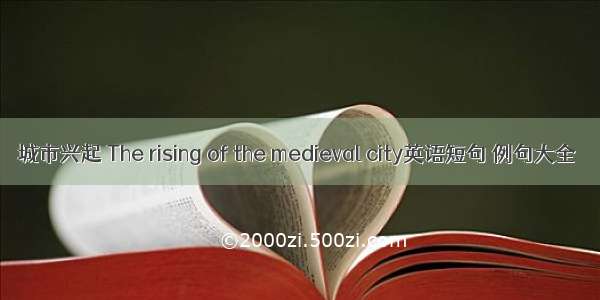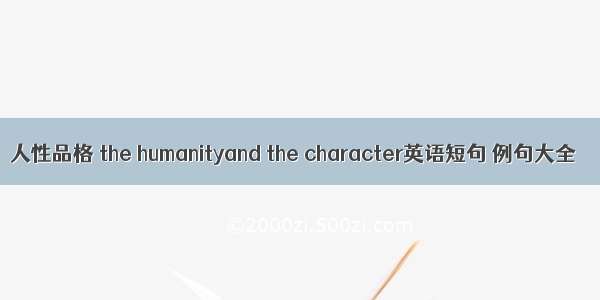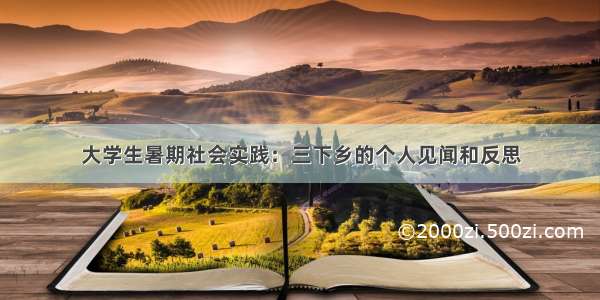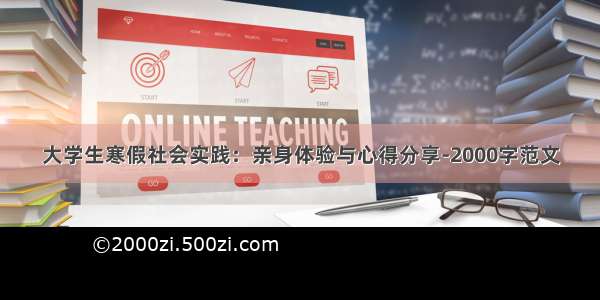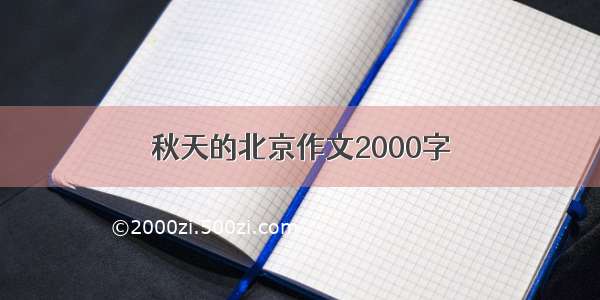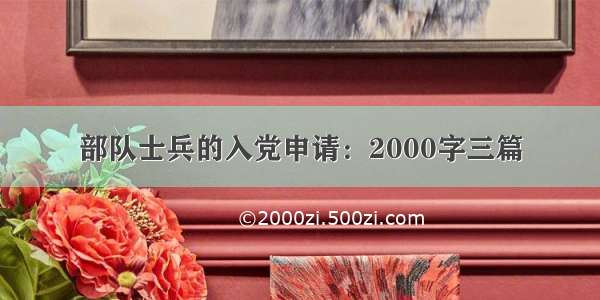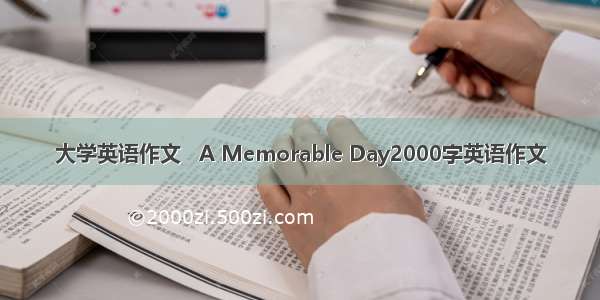
中古上声字,the rising-tone medieval characters
1)the rising-tone medieval characters中古上声字
1.Based on the corpus of published representative dialects (including a total of 300 recorded dialects, one of them from my dialect), this paper sorts out the evolution ofthe rising-tone medieval characters in modern dialects, sums up a number of types, and explores the development characteristics and reasons for changes ofthe rising-tone medieval characters in modern dialects.本文利用已出版的有代表性的方言点调查语料(共收录方言点300个,其中1点为自查)对中古上声字在现代方言中的演变情况进行梳理,归纳出了若干种类型,并探讨了中古上声字到今方言中的发展特点和变化原因。
2)the ancient voiced initial consonants中古全浊声母字
1.There are three obvious diachronic levels in the pronunciations ofthe ancient voiced initial consonants in Min dialects nowadays: the unvoiced aspirated level, the unvoiced unaspirated level and the voiced level.中古全浊声母字闽方言今读有清化送气、清化不送气和保留浊音三个不同的历史层次。
英文短句/例句
1.Research on Initial Yu s Origin from Pronunciation of Voiced Obstruents Initias in Santangjietown Dialect;从三堂街话中古全浊声母字读音看喻母的来源
2.On the Diachronic Levels of the Pronunciations of the Ancient Voiced Initial Consonants in Min Dialects Nowadays;中古全浊声母字闽方言今读的历史层次
3.The Present Pronunciations of MC Voiced Initials in Xiang Group;古全浊声母在湘方言中的今读音情况
4.Identify the Character of Voiced Initial Consonants with the Use of Shaanxi Plain Dialect;如何利用关中方言分辨识全浊声母字
5.Present-day Shantou pronunciation of characters with voicedinitials from mid ancient Chinese language;古浊声母上声、去声字汕头话今读考察
6.Present Pronunciation of Ancient Wholly Voiced Consonants in Huaihua Dialect of Chinese in Hunan;湖南怀化市汉语方言中古全浊声母今读类型
7.Modern pronunciation of ancient voiced consonants and natures of She dialect;从景宁畲话古全浊声母的今读看畲话的性质
8.The Effect of Language Contact on the Evolvement of Voiced Initials in ChenZhou Dialect语言接触对郴州方言古全浊声母演变的影响
9.The Dentals,Labials and the Voiced Initials of the Family of Xuan Ying s(玄应) Speech Sound;玄应音系中的舌音、唇音和全浊声母
10.Initial Devoicing in Xiang Dialect Observed from Aspirate or Unaspirate Unvoiced Distribution in MC Voiced Initial Entering Words;从全浊古入声字送气/不送气清音的分布看湘语的浊音清化
11.A Supplement to the Study of Differentiation of Ancient Voiceless Second-tone Characters in Jian ou Dialect of Minbei(闽北);对闽音中古浊阳平声字分化的一点补充
12.An explanation of the alternation between characters of Middle Chinese velar initials and labial initials in the excavated Chu documents of the Warring States Period;中古舌根声母字和双唇声母字在战国楚系文献中的交替现象及其解释
13.On the Pronunciation Of 辫 And Manifestation Of Initials With Medieval Voiced Shangsheng in Central and Western Part of Jiangxi--Also A Discussion With Mr. Zhang Shuangqing And Mr. Wan Bo;“辫”的性质及中古全浊上声在江西中西部地区的表现——兼与张双庆、万波先生商榷
14.The Pictophonetic Characters Relation of Shuowenjiezi and the Discussion on Archaic Chinese Phonology;《说文解字》谐声字的音韵关系及上古声母的讨论
15.An Analysis of the Origin of the Five Combinations of Initial Consonants"非汉字符号" in the Middle Ages in Yinan Dialect浅析沂南方言中“非汉字符号”五组声母的中古来源及分布
16.The Forty Initial Consonants of Putao Dialect and Mid-Ancient Forty Sound Categories;葡萄平声话40声母与中古40声类
17.On the Problem of Voiced Sounds Turning into Voiceless Sounds in Yuan Sheng Yun Xue Da Cheng;论《元声韵学大成》浊声母清化问题
18.The Neogenesis of Voiced and Semi-voiced Onsets among Northern Dialects after the Yuan(元)-Ming(明)Period from a Phonological Perspective从音系的角度看官话方言在元明以后增生的浊声母和次浊声母
相关短句/例句
the ancient voiced initial consonants中古全浊声母字
1.There are three obvious diachronic levels in the pronunciations ofthe ancient voiced initial consonants in Min dialects nowadays: the unvoiced aspirated level, the unvoiced unaspirated level and the voiced level.中古全浊声母字闽方言今读有清化送气、清化不送气和保留浊音三个不同的历史层次。
3)entering tone words古入声字
1.Division of theentering tone words in Xiang dialect;古入声字在湘语中的分化
4)initial of a syllable in ancient Chinese上古声母
5)rhyming of "ShiJing"上古声调
6)primitive (ancient times before the Qin Dynasty in China) vocabulary上古字词
延伸阅读
中古1.次于上古的时代。由于古人所处时代不同,所指时期不一。(1)《易.系辞下》:"《易》之兴也,其于中古乎?"《汉书.艺文志》"世历三古"颜师古注引三国魏孟康曰:"伏羲为上古,文王为中古,孔子为下古。"此指商周之际。(2)《韩非子.五蠧》:"中古之世,天下大水,而鲧禹决渎。"此指虞夏之际。(3)晋左思《蜀都赋》:"夫蜀都者,盖兆基于上世,开国于中古。"此指战国。(4)南朝宋鲍照《河清颂》:"察之上代,则奚斯﹑吉甫之徒鸣玉銮于前;视之中古,则相如﹑王褒之属驰金羈于后。"此指汉代。今一般以魏晋南北朝至唐宋之间为中古,亦有把两汉包括在内者。 2.指欧洲的中世纪。

